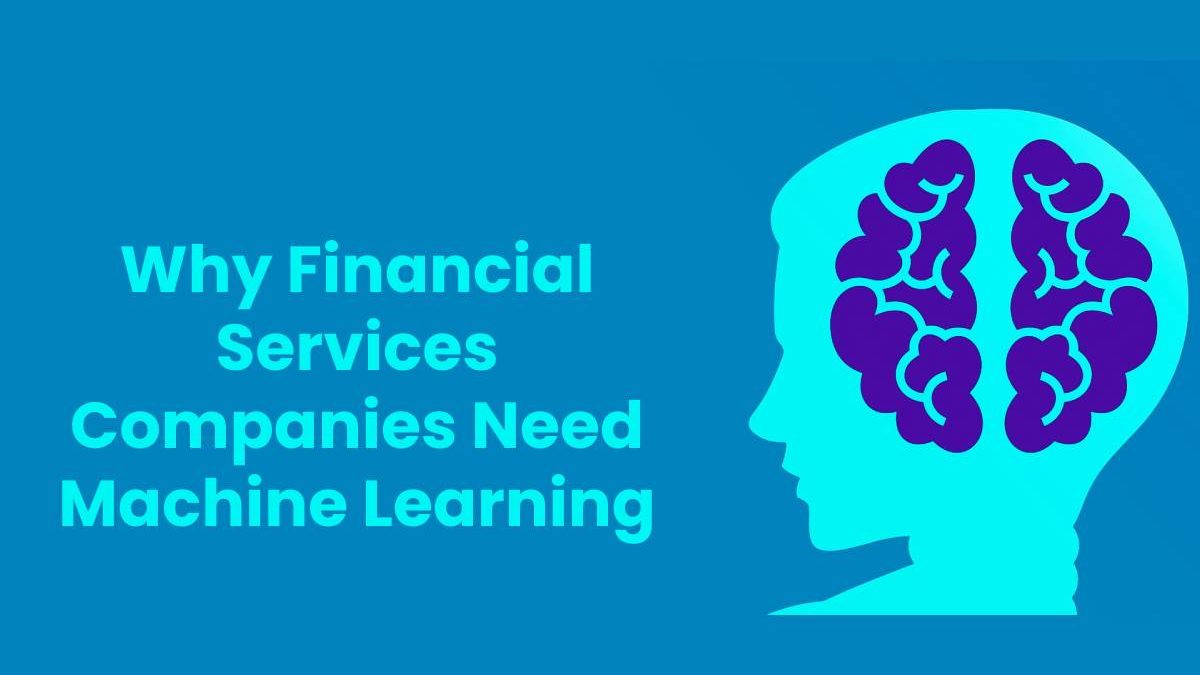These days, everyone needs machine learning and everyone uses it, too. If you’re not using the incredible powers inherent in machine learning and artificial intelligence technology you may as well be asleep at the wheel. It doesn’t really matter what industry you’re in, everyone from a local flower shop owner to the CEO of a major corporation can benefit from machine learning and business intelligence technologies. If you run a local flower shop, you can use the predictive analytics capabilities to know which blooms are more likely to sell at which times of year and ensure that your supply chain is managed accordingly. If you’re the CEO of a major corporation, you can use data analytics and business intelligence solutions to keep tabs on the many projects you’re managing, convey crucial information to your employees and customers, and make smart financial decisions for business moves around the globe.
That being said, the financial sector is one in which machine learning has been a huge boon to the industry in many ways. Finances are a particularly delicate business, considering that, often, a customer’s entire life savings and livelihood are in the hands of a financial institution. That’s a huge responsibility, and one that shouldn’t be taken lightly by leaders in the field. Thankfully, machine learning technologies have allowed business users to advance their capabilities in exciting ways. According to the Gartner 2020 Magic Quadrant Data Science report, new software developments are proving to be an invaluable asset to financial leaders in a number of ways. Keep reading to learn more about how the world of finance is using the power of machine learning and artificial intelligence to streamline processes and keep our money safer.
Process automation saves us all money.

Financial institutions are people, too. Or, rather, they’re populated with people—employees who need to work with the public to ensure the best financial solutions possible for their funds. While having actual humans out there managing funds is important (although there are also advances being made in the realm of autonomous trading), some tasks can be carried out by bots. And whenever a task can be carried out by a bot instead of a real person, that saves the financial institution money which, in turn, saves the customers money. Deploying bots at call centers, automating “paperwork,” and managing employee training and onboarding through automated applications all mean that a company doesn’t have to pay for payroll, taxes, benefits and more. Those costs don’t get passed on to the customers, which means that everyone is happier.
A better user experience makes us more productive.
When processes are automated and streamlined, that inevitably leads to a better user experience. Instead of using a cumbersome system of trying to explain what your financial needs are to someone over the phone, or trying to understand predictions by yourself by peering at paperwork, traders can use the insights gained by using smart algorithms and make better trade decisions faster and with more precision. A better user experience means that traders are happier, and it makes the whole company more productive as well.
Improved security keeps our funds more secure.

More online trading and advances in open banking technology have been leading to more opportunities for fraud and cyber-theft. That sounds like bad news, but the good news is that machine learning solutions are excellent at keeping an eye on any hint of fraud. The smallest anomaly in the data will tip off the system and alert those who can take care of these issues that malfeasance may be occurring. Algorithms are sharper than humans when it comes to analyzing raw data, which means that by using machine learning technology, all of our funds are kept more secure.

